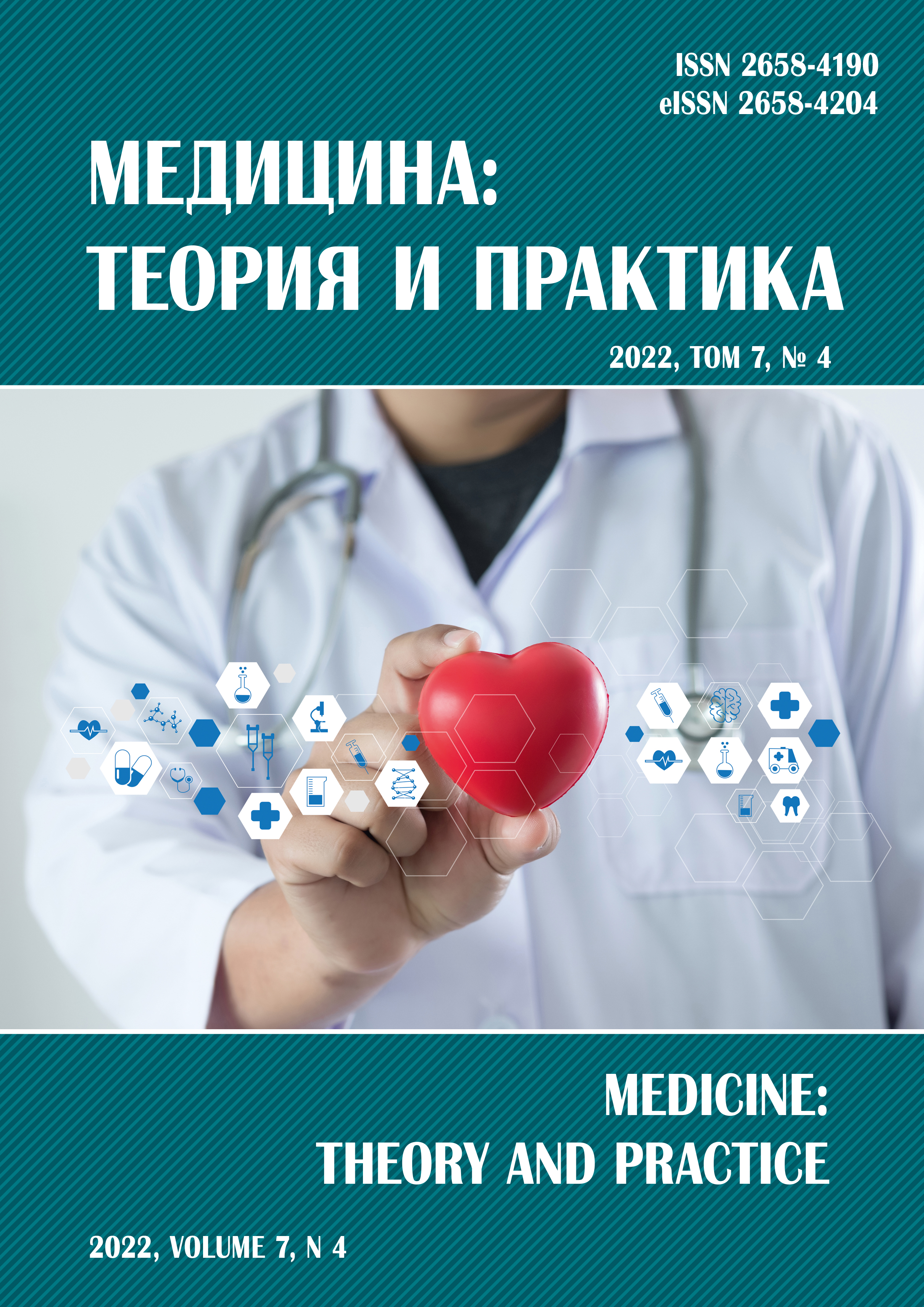PERSONALIZED APPROACH TO THE MANAGEMENT OF UNDERAGE PATIENTS WITH ABNORMAL UTERINE BLEEDING
Abstract
Abnormal uterine bleeding in adolescent girls in recent years has a clear tendency to a protracted course with frequent relapses. Important conditions for obtaining a good clinical effect are: careful selection of patients, dynamic assessment of the effectiveness of therapy, timely correction of the treatment regimen. The purpose of the study: to identify the main causes of non hormonal hemostasis inefficiency and factors contributing to the increase in the dose of the drug for hormonal hemostasis; substantiate the principles of a personalized approach to the management of juvenile patients with abnormal uterine bleeding. Materials and methods. On the basis of the gynecological department № 5 of the Children’s City Clinical Hospital № 5 named after N.F. Filatov, St. Petersburg in 2019-2021, random sampling was used to analyze 330 case histories of patients aged 9-18 years with a diagnosis of Abnormal uterine bleeding. A copy of these complaints and anamnesis of the disease was made; gynecological, somatic and perinatal history; general and specialized examinations; clinical laboratory instrumental examination; therapy and its effectiveness. Conclusion. Regardless of the type of abnormal uterine bleeding, when choosing a specific drug therapy, a personalized approach to each patient is important. The decision to conduct one or another type of hemostasis should be based on the severity of bleeding, the patient’s condition, the need for contraception, the presence of gynecological and extragenital pathology, etc. Satisfaction with treatment and its continuation will depend not only on its effectiveness, but also on the tolerance of side effects.



